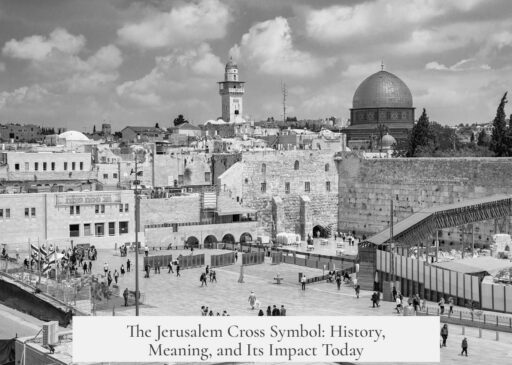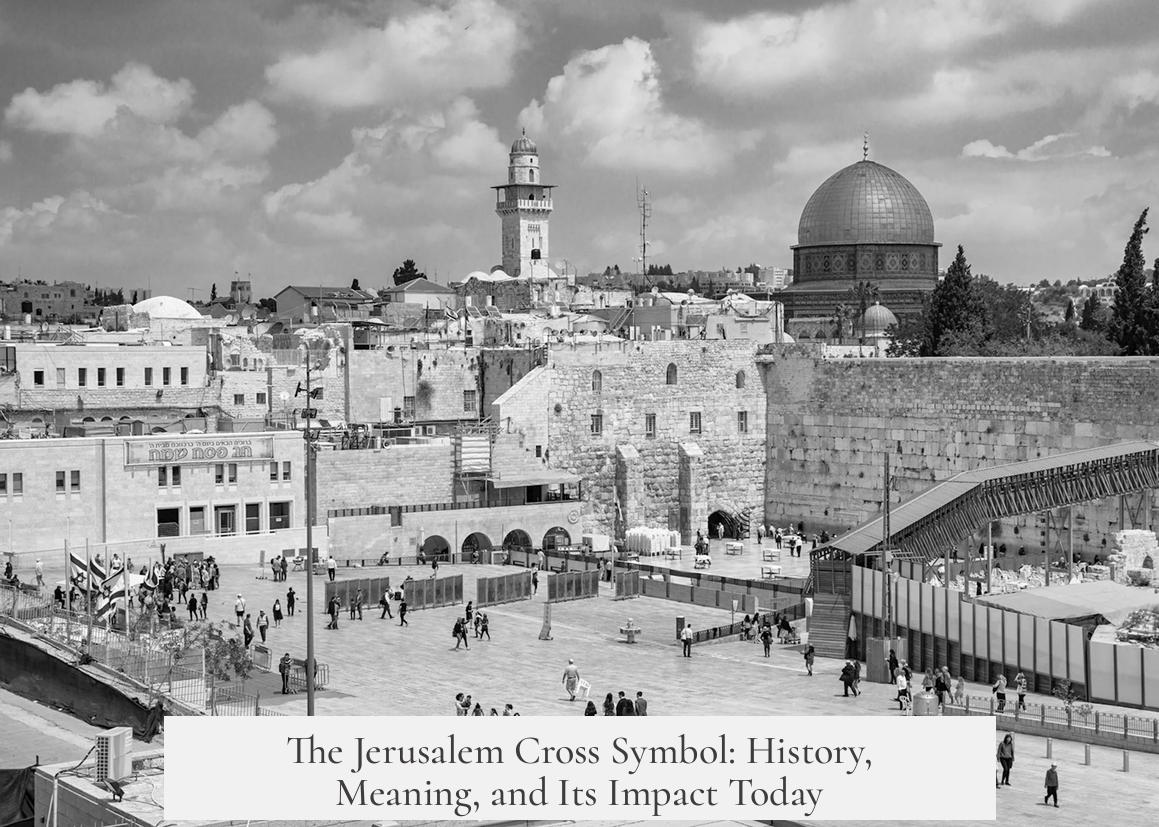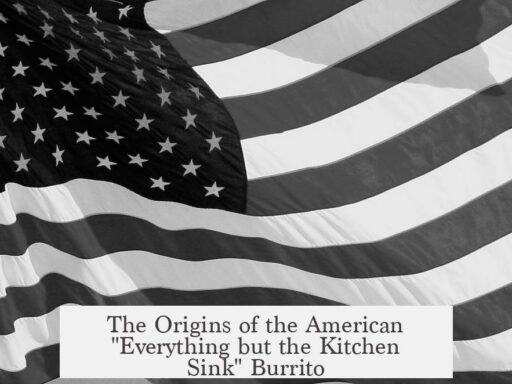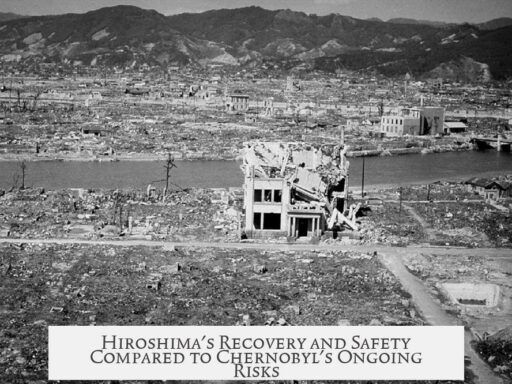The Jerusalem Cross symbol holds profound historical and cultural significance shaped by centuries of religious, political, and social contexts. Originating in the 12th century, it was first the emblem of the crusader Kingdom of Jerusalem. This heraldic device features a large cross potent at its center, surrounded by four smaller Greek crosses. The unique design combined these elements in gold on a silver or white field, defying later heraldic conventions about color and metal layering.
Its initial use was deeply tied to the Christian crusades, representing dominance over Jerusalem and the spread of Christianity. Despite the fall of the Kingdom of Jerusalem to Saladin in 1187 and the later destruction of the Crusader states in 1291, the symbol endured. Nobility such as the rulers of the Kingdom of Naples continued to use the Jerusalem cross, asserting their claim to the title of King of Jerusalem long after the physical kingdom ceased to exist. This demonstrates the symbol’s lasting prestige and its role in maintaining symbolic legitimacy within European heraldry and political claims.
The Jerusalem cross also became a cherished personal symbol, particularly among Christian pilgrims traveling to the Holy Land. From the 16th century onwards, pilgrims tattooed the cross on their bodies as a mark of their journey and devotion. Notable instances include German pilgrim Ratger Stubbe in the 17th century and English pilgrim Henry Maundrell in the late 1600s. The tattoos were commonly applied by Franciscan monks, recognized custodians of the Holy Places, linking the symbol to a broader spiritual tradition of pilgrimage and faith. Even members of European royalty, such as the Prince of Wales (later King Edward VII), adopted this practice.
The 19th century colonial era intensified the symbolism of the Jerusalem Cross. As Britain and France vied for control over Ottoman territories in Palestine and Syria, crusading imagery re-emerged as a metaphor for their political ambitions. The British conquest of Jerusalem in 1917, during World War I, was heralded as fulfilling a medieval crusader mission—echoing the failed efforts of Richard the Lionheart centuries before. Publications from that time widely circulated these ideas, embedding the cross deeper into nationalistic and imperial narratives.
Today, the use of the Jerusalem Cross spans a spectrum from cultural tradition to controversy. It retains visibility in events like international sports, where enthusiasts don medieval crusader costumes, often without a political agenda. However, the symbol has been appropriated by various far-right and white supremacist groups. These groups use the cross alongside other related symbols like the Celtic cross or Norse runes to evoke a crusader ethos tied to anti-Muslim and anti-Jewish ideologies. High-profile instances such as Donald Trump Jr. showcasing a gun engraved with the Jerusalem cross illustrate its adoption in contemporary political contexts.
This modern appropriation connects back to the rallying cries of the First Crusade, like “Deus vult,” which were chanted during the 2017 “Unite the Right” rally in Charlottesville, Virginia. Such usage reflects a deliberate invocation of crusader history as a symbol of ethnic and religious exclusivism. Academics analyze this phenomenon as part of a broader narrative where medieval symbols are repurposed for modern political radicalism.
Overall, the Jerusalem Cross embodies a complex legacy. It began as a medieval heraldic emblem signifying Christian authority over Jerusalem and evolved into a personal pilgrim mark and imperial iconography during colonial expansions. In the contemporary era, it occupies a contentious position, symbolizing both tradition and ideological conflict.
- Originated as the emblem of the Kingdom of Jerusalem during the Crusades.
- Features a central cross potent surrounded by four Greek crosses in heraldic gold on silver.
- Persisted as a symbol of claim and prestige after the Kingdom’s fall.
- Used historically by pilgrims as tattoos symbolizing faith and pilgrimage.
- Revived in colonial contexts as a metaphor for European imperial ambitions in the Middle East.
- Currently adopted by some as a cultural symbol but also appropriated by far-right and white supremacist groups.
- Represents a multifaceted history linking medieval, religious, and political narratives.
The Significance of the Jerusalem Cross Symbol: More Than Just a Fancy Design
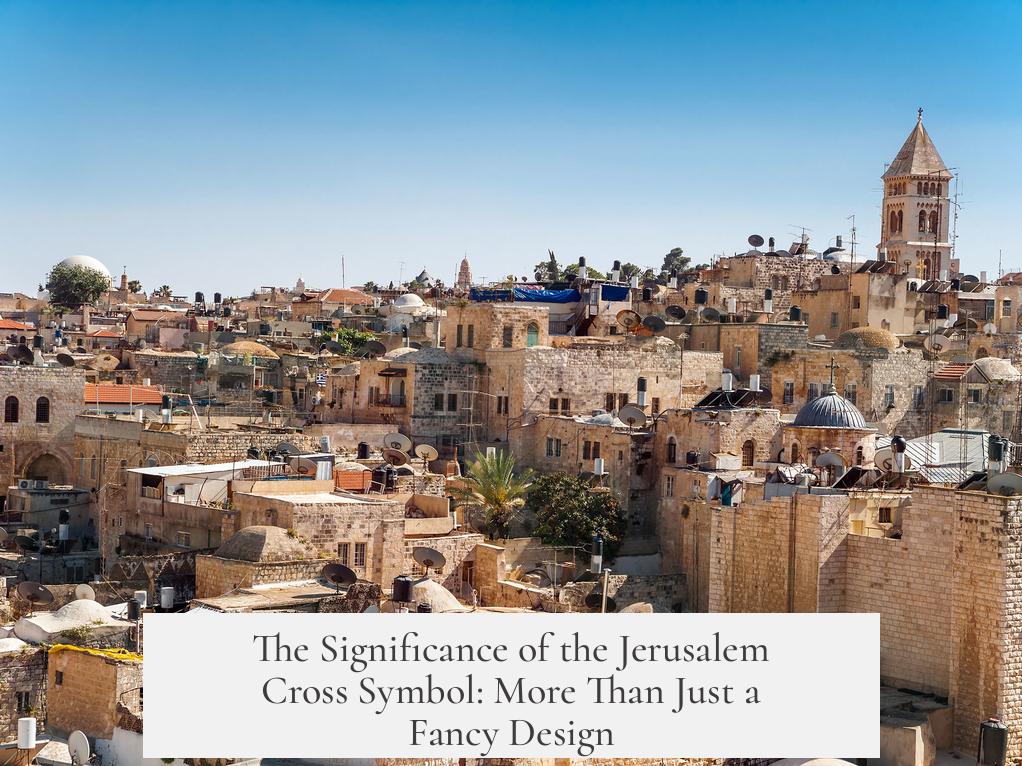
Wondering what is the significance of the Jerusalem Cross symbol? Let’s cut straight to the chase.
The Jerusalem Cross is a symbol loaded with history, faith, politics, and even a splash of controversy. Originating in the medieval crusader Kingdom of Jerusalem, it evolved through centuries—worn by kings, inked on pilgrims, embraced in political struggles, and sadly, at times, misused by extremist groups. Grab your explorer’s hat; let’s delve deep into this iconic cross’s journey across time.
From Medieval War Banners to Heraldic Brilliance
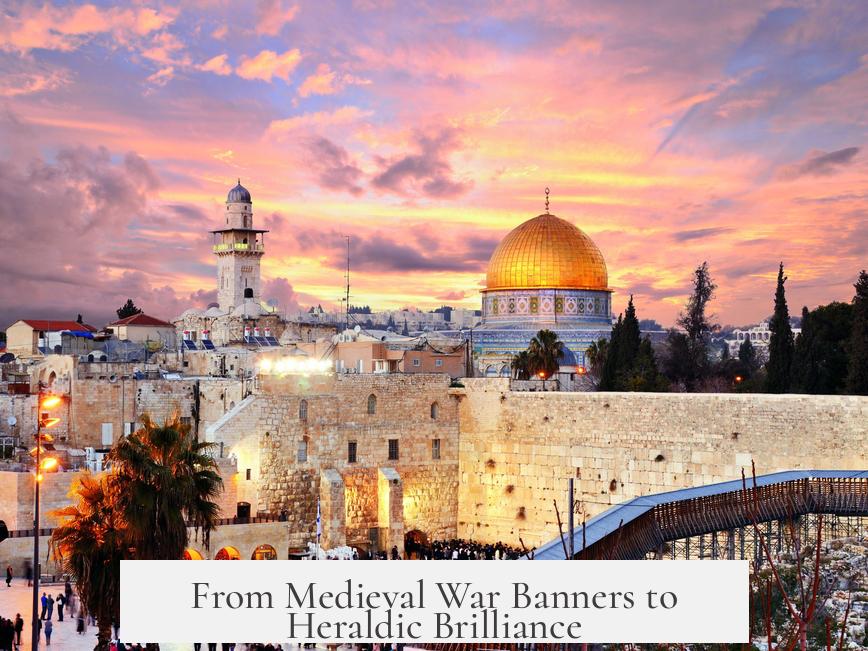
Back in the 12th and 13th centuries, the Jerusalem Cross wasn’t just a fancy design; it was the proud emblem of the crusader Kingdom of Jerusalem. Picture this: a bold “cross potent”—imagine a classic cross with little crossbars squarely tacked onto each arm—surrounded by four smaller Greek crosses. This wasn’t just a scribble in the margin; it was a heraldic masterpiece.
Interestingly, the crosses often appeared in gold atop silver or white backgrounds. Now, for fans of heraldry rules—where metals shouldn’t typically sit atop metals—this was quite rebellious. But in the 12th century, coat of arms rules were as much about expression as strict protocol, and creativity reigned supreme.
After the Crusader Kingdom’s Fall: A Symbol Beyond Borders
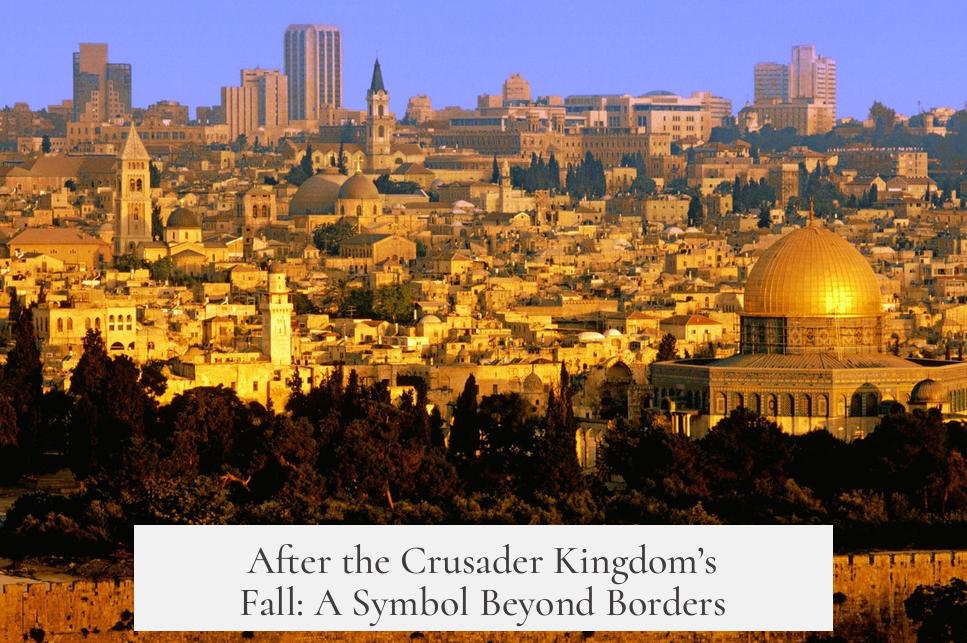
Jerusalem may have slipped from Christian hands after Saladin’s conquest in 1187 and the complete fall of the crusader kingdom in 1291, but the symbol endured far beyond.
People clung to the Jerusalem Cross as a statement of identity or claim—especially those eager to present themselves as crusaders or heirs to Jerusalem’s glory. For instance, the Kingdom of Naples, under King Charles in the late 1270s, incorporated the cross into their coat of arms after buying a claim to be the kingdom’s ruler. Symbolically powerful, even when practically meaningless.
And a fun political twist: the current Spanish monarchs, thanks to inheritance from Naples, could technically claim the title of “King of Jerusalem.” While this might not earn you a crown tour in the city today, it’s a neat piece of trivia that shows how deeply the Jerusalem Cross threads through European royal prophecies and claims.
The Jerusalem Cross as a Pilgrim’s Inked Tale
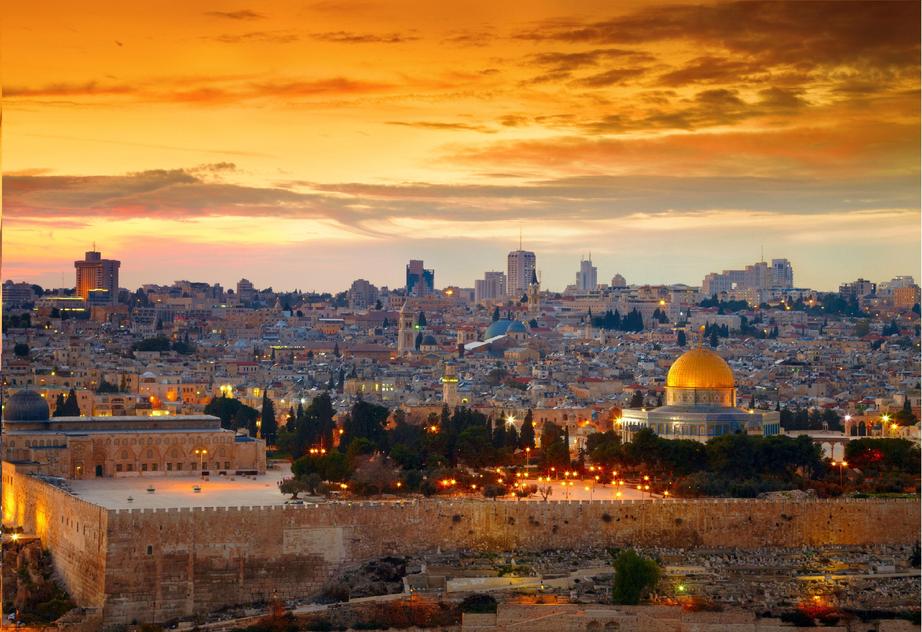
Beyond kingdoms and heraldic banners, the Jerusalem Cross carved a more personal legacy as a tattoo for pilgrims visiting the holy city.
Long before modern tattoo parlors offered flash art, Franciscan monks and local Christians—tasked as ‘custodians’ of Jerusalem—offered pilgrims the chance to seal their spiritual journeys with this marked emblem.
Records trace these tattoos back to the 16th and 17th centuries, but the practice was likely older. One German pilgrim, Ratger Stubbe, showed off his religious ink, including the Jerusalem Cross, as early as 1669. English pilgrim Henry Maundrell described getting the tattoo in 1697. Shockingly royal, too: the Prince of Wales (later King Edward VII) sported a Jerusalem Cross tattoo during his 1862 pilgrimage.
So, getting the Jerusalem Cross tattoo is not some new hipster trend. It’s a time-honored badge of faith, resilience, and connection to a place that holds global spiritual significance.
The 19th Century: The Crusade’s Curious Comeback
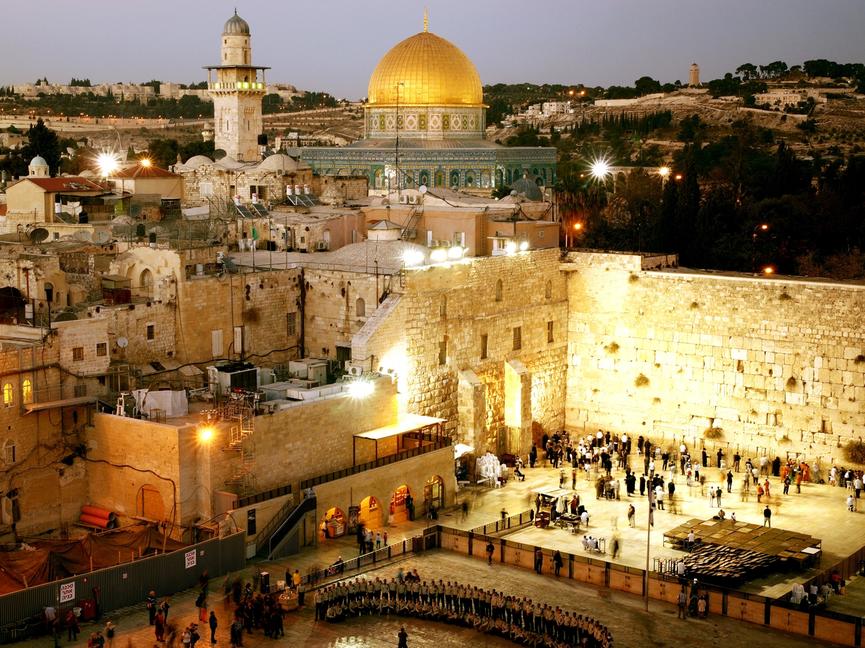
You might wonder why a medieval symbol popped back into political discourse centuries later. Fast forward to the 19th century, and you witness a tug-of-war over the fading Ottoman Empire’s territories.
Britain and France, in a classic colonial scramble, eyed Palestine and Syria. Both powers framed their political ambitions almost like finishing a medieval crusade. The Jerusalem Cross, steeped in crusader imagery, became a handy emblem to promote this narrative.
During World War I, the British even championed the Arab revolts against Ottoman rule. When British troops marched into Jerusalem in 1917, a Punch magazine cartoon captured the mood perfectly. It showed Richard the Lionheart—with the caption “My dream come true.” Remember, Richard couldn’t seize the city during the Third Crusade, but the British felt they finally completed his mission. Victorian and Edwardian Britain loved this crusading imagery—it was a prime example of political storytelling through symbols.
Modern Times: Tradition, Controversy, and Misappropriation
Today, the Jerusalem Cross pops up in unexpected places—from medieval reenactors at international sports arenas to, sometimes, white supremacist gatherings. Yep, it’s complicated.
While many fans don knight costumes for fun, unaware of the deeper meanings, others intentionally wield the Jerusalem Cross as a political statement. Combined with other medieval symbols like the Celtic cross or Viking runes, it sometimes appears as coded imagery within far-right movements.
An example: Donald Trump Jr. once posted a photo showing a gun inscribed with the Jerusalem Cross, sparking debate and academic scrutiny. Then, there was the 2017 “Unite the Right” rally in Charlottesville, Virginia. Some attendees chanted “Deus vult” (“God wills it”), the rallying cry of the First Crusade—an echo of militant, anti-Jewish, and anti-Muslim sentiments from centuries past.
Clearly, the symbol’s history isn’t just a neat relic; it’s alive, used by many with different intents—from innocent faith representation to controversial political slogans.
What’s the Takeaway on the Jerusalem Cross Symbol?
| Aspect | Significance | Example/Note |
|---|---|---|
| Medieval Heraldry | Emblem of crusader Kingdom of Jerusalem; distinct “cross potent” with four Greek crosses | Used in 12th-13th century crusader flags and coats of arms |
| Royal Claims | Symbol of legitimacy for monarchs claiming Jerusalem’s throne post-crusades | Adopted by Kingdom of Naples; theoretical claim in Spanish royal arms |
| Pilgrim Tattoos | Spiritual mark symbolizing pilgrimage and faith | Famous pilgrims like Ratger Stubbe, Henry Maundrell, and Edward VII |
| Colonial Politics | Symbol in colonial-era narratives framing 19th-20th century conquests as crusades | British and French portrayal of WWI campaigns in Palestine |
| Modern Use | From medieval reenactments to controversial far-right appropriations | Charlottesville rally chants; trivial sport event costumes; political statements |
Why Does This Matter Today?
Symbols like the Jerusalem Cross carry layers of meaning. Maybe you admire its rich heritage or find inspiration in pilgrim stories. Maybe, like many, you encounter it on a football fan’s outfit or an unusual tattoo. But it’s crucial to remember that context weighs heavy.
The same symbol evoked awe in centuries past and stirred conflict in modern political struggles. Understanding its layers helps society grasp how meanings shift—and warns us not to apply symbols simplistically. Just because something looks ancient and cool doesn’t mean it’s free from loaded baggage.
Next time you see the Jerusalem Cross, consider the centuries of crusades, pilgrimages, royal ambitions, colonial narratives, and modern politics it represents. Isn’t that a richer story than just “a cross with other crosses”?
Final Thoughts: Wearing History on Your Sleeve
Historical symbols are like living stories, told and retold across time, sometimes peacefully, sometimes violently. The Jerusalem Cross started as a medieval crusader emblem, became a pilgrim’s badge, morphed into a colonial symbol, and now faces complex and often contradictory meanings.
Whether you’re a history buff, a traveler considering a pilgrimage tattoo, or a curious observer, learning about the Jerusalem Cross’s significance equips you with perspective. Sure, it looks cool on a knight’s shield or as a tattoo, but knowing its story enriches appreciation—and caution.
So what’s the significance of the Jerusalem Cross symbol? It’s a rich tapestry of faith, power, identity, and controversy. A symbol always more than meets the eye.
